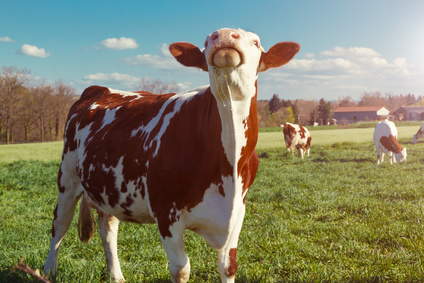Impoverished by Big Dairy

As of Sept. 1, the price of industrial milk goes up for the second time this year — as if Canadians weren’t already paying far too much for dairy products.
The reason milk, cheese and butter (and poultry and eggs) are so expensive in Canada is simple: supply management. That’s the system where producers pay thousands of dollars to acquire a permit for the right to operate. Since the number of permits granted by the government is limited, our supply of milk, cheese, butter, poultry and eggs is limited as well.
However, as Canada’s growing population keeps getting richer, demand for these foods keeps increasing. The result is soaring prices, since Canadians can’t import these goods from abroad because of the sky-high duties imposed to keep foreign dairy out.
The burden of this system falls more heavily on poorer households. A one-dollar increase in the price of milk or chicken means much more to a household earning $25,000 a year than it does to a household earning $100,000. Recent estimates show that the cost burden created by the supply management system represents 2.3 per cent of the incomes of the poorest 20 per cent of households in Canada. For the richest 20 per cent of households, the added cost burden is a much less painful 0.47 per cent.
Supply management actually has the concrete effect of effectively pushing many Canadians close to or below the poverty line. So, how many Canadians could be lifted out of poverty (or low-income status as defined by Statistics Canada) if we abolished supply management? In a recent study, we undertook to provide such an estimate.
If Canadians were free to import their dairy and poultry products from the United States, the average household would save $438 per year — a significant savings. Anybody who falls below the poverty line by less than this amount can be considered to be in poverty as a result of supply management.
To be on the safe side, we decided to use two different concepts of poverty in order to generate a range of estimates. The first is a measure of absolute material privation designed by Christopher Sarlo of the University of Nipissing. The second is a measure of relative poverty — the low-income cut-off line — designed by Statistics Canada. Both lines capture different concepts of economic vulnerability.
Using these lines, we find that somewhere between 133,000 and 189,000 Canadians are pushed into poverty because of the cost of supply management. This represents from 67,000 to 79,000 households.
While this may seem like a relatively small number of Canadian households, it is several times the number of households that benefit from supply management. Our lowest range estimate is about five times greater than the 13,500 dairy, poultry and egg farm households in Canada.
Anyone preoccupied with the plight of the poor should reflect on the burden imposed upon them by supply management. A reform plan that would phase out production quotas and import duties would benefit all Canadian consumers, but it would especially benefit poorer individuals, raising their living standards and effectively lifting many of them out of poverty.
Vincent Geloso is an associate researcher and Alexandre Moreau is a public policy analyst at the Montreal Economic Institute. They are the authors of "Viewpoint – Supply Management Makes the Poor Even Poorer." The views reflected in this op-ed are their own.
____________________
Read more articles on the themes of "Agriculture" and "Taxation."

